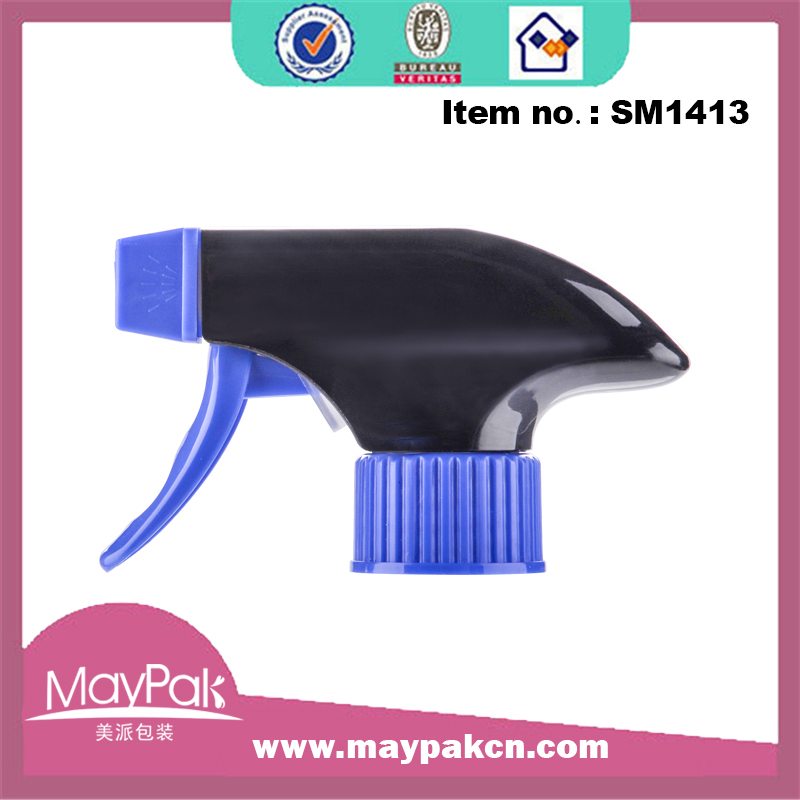Polyurethane (PUR) – Polyurethanes are a large family of polymers with widely ranging properties and uses all based on the reaction product of an organic isocyanate with compounds containing a hydroxyl group. Polyurethanes may be thermosetting or thermoplastic, rigid and hard or flexible and soft, solid or cellular with great property variances. Principal applications are in coatings, elastomers and foams. Polyurethane has excellent abrasion resistance but high hysteresis. Rigid polyurethane foams have become widely used as insulation materials because of their combination of low heat transfer and good cost effectiveness. Use as insulation and other applications are restricted by an upper temperature capability of about 250°F. Polyurethanes do not survive well in direct sunlight or in contact with most organic solvents. Two types of polyurethane are common: polyester based and polyether based, with these backbone structures actually comprising a significant part of a so-called polyurethane resin.
Polyurethanes (PUR) were developed in Germany during World War II. Dr. Otto Bayer discovered the basic polyurethane chemistry in 1937 and I.G. Farben (Bayer) patented the process.
